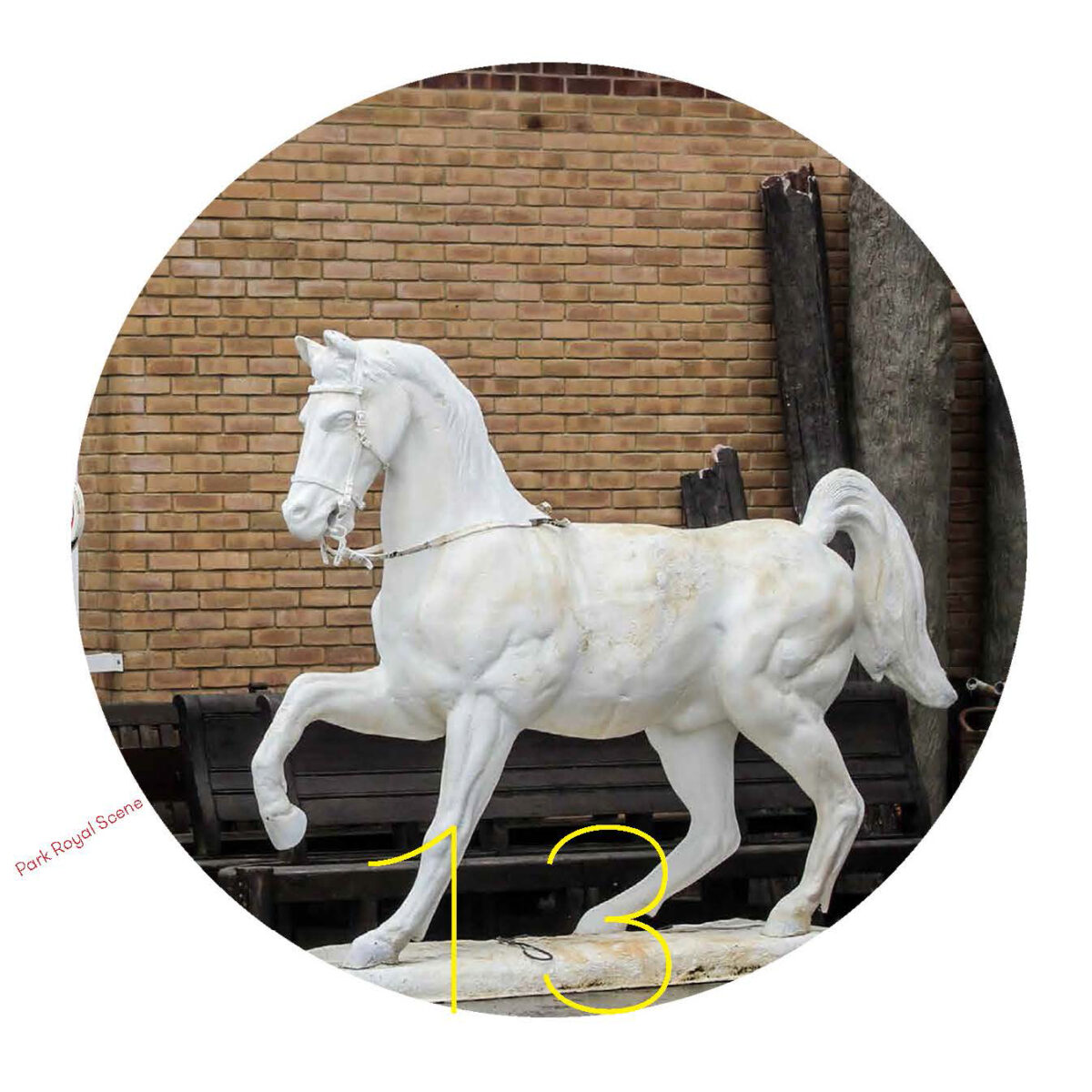

The ‘Back of House’ Atlas for new Models of Inhabitation
Spectacles are amazing events and scenes or displays. Our HIDDEN SPECTACLE will explore the nature of a different kind of spectacle – the inner workings of a place, the way things are worked out, when the back of house becomes actually the front of house, the place where new models are tested, and innovations are made.
Unit 13 is continuing the journey to explore the city and invent new models of inhabitation for the future in our LIVING LABORATORY. Our interest lies in the careful observation of communities, the challenging of the regulatory frameworks, design research and innovation and to imagine a speculative part of the city set within a real context. They for the testing ground for the interdisciplinary cooperation between the different stakeholders. These new methodologies create the conditions to make the city more liveable presenting an alternative concept of living and working on the fringes of the city.
Over the last three years we explored Essex, devising new habitats and living models set within the post -industrial landscapes of London’s Greenbelt. This year we will explore another area on the fringes of London. PARK ROYAL is one of Europe’s biggest industrial estate in the West London. Stretching over three boroughs it is equivalent to the size of the City of London. Being home to over 1,700 businesses and employing over 31,000 people. There are pockets of housing within the area but currently only around 4,000 people live within residential enclaves on the estate.
Unit 13 has been looking at this particular site located in West London. Having its roots as the Royal Agricultural Society Show grounds it is nowadays a diverse industrial estate where over 1,700 firms are operating from. Park Royal has been described as the kitchen of London. It is said 30% of all food for London is processed in the area. Being just outside the Old Oak Common development it will be subject to some big changes. 25,500 new homes and 65,000 new jobs in close proximity to our site will transform the area and have the potential to disrupt and create an alternative hub for new ways of living and working.
Unit 13 travelled to SEOUL in South Korea to explore the diverse fabric of the city. Our students explored the Back-of-House of Seoul. The parallels and contrasts with Seoul are fascinating – particularly looked at through the lens of production within the city. We worked with the Hanyang University and the University of Seoul for a collaborative workshop.
Seoul has some new emerging making districts within the city – printing, garments, food production etc – are most enjoyable places to visit. But in Seoul most of these activities are openly visible, they are part of the urban fabric, operating on a human scale they are interwoven with living and housing. Changes to demands can be answered much more quickly, changes to personal living conditions and styles are transferred rapidly to avoid unnecessary disruptions to the productive lives of the inhabitants.
Unit 13 proposes creative new ways to inhabit the city. Our students develop diverse spatial scenarios. We envisage that a new culture of sharing within urban communities is paramount to the future of sustainable cities. Park Royal has been our testbed to explore these ideas for the year 4 DR and Seoul for the Year 5 design. Some of the key terms formed a departure point will be the Sharing City, Urban hacking, Re-acting, Collective, Community, Trans-ient and Trans-loci.
We aren’t interested in devising an iconic piece of architecture, we are interested in the moment inhabitation, interaction, production, fabrication etc. are turning a place or an architecture into a spectacle.
We don’t have any answers for you, just more questions.
DR tutor Rae Whittow-Williams
Technical consultant Toby Ronalds, EOC Engineers